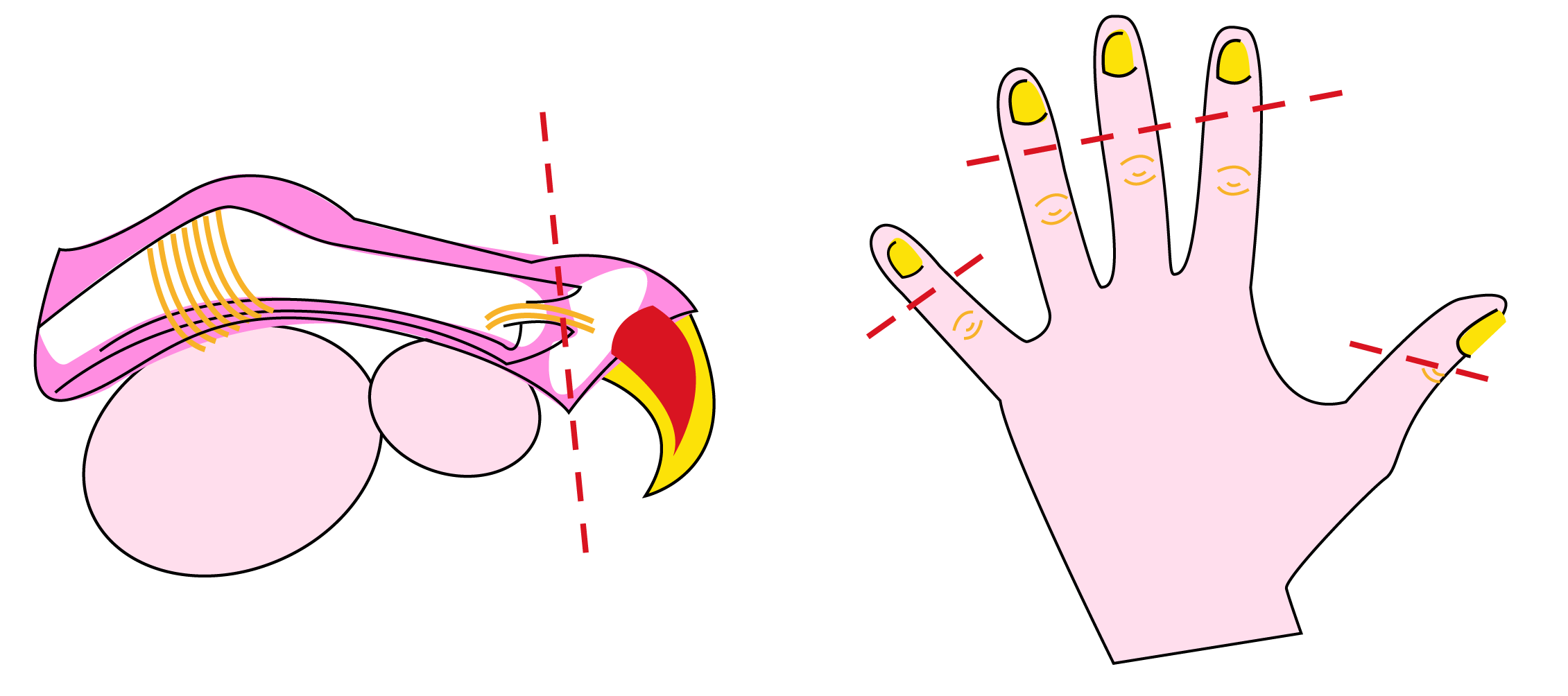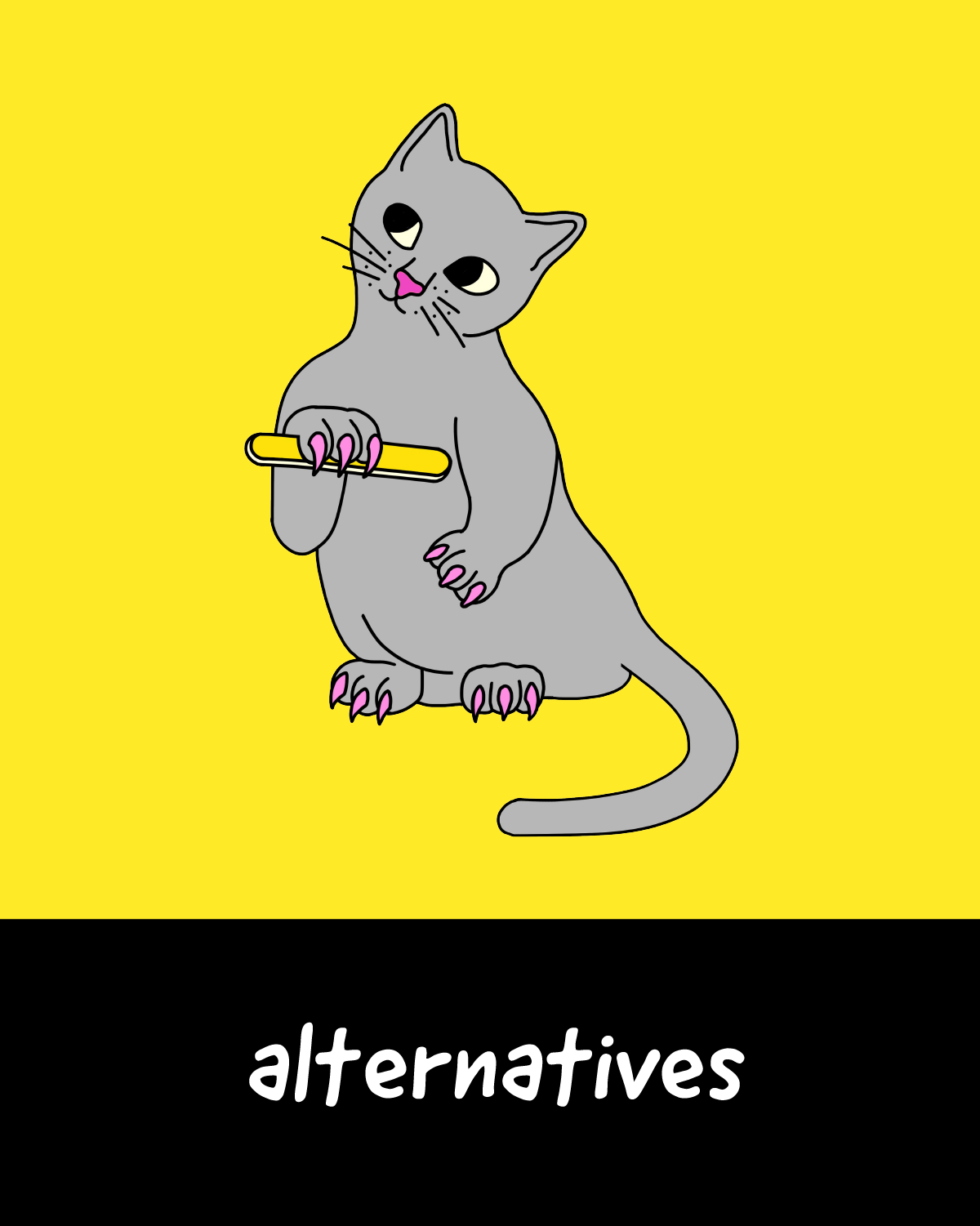How does declawing affect cats physically?
Declawing causes acute orthopedic pain and presents a significant risk of complications (hemorrhage, infection, tendon contracture, lameness, difficult perioperative pain management, and nerve damage). The procedure can also cause chronic pain and have long-term negative orthopedic and neuropathic consequences, including permanent nerve damage to the paws, difficulty walking, paw hypersensitivity, and lower back pain, and this can occur regardless of the age at which it is performed.
In addition, declawing has a negative impact on cats’ posture and balance, and thus their natural agility. Cats whose third phalanxes have been amputated are forced to rest their weight on their second joints. This is not a normal way of walking for felines and causes discomfort. Declawing can also lead to deformation of the toes that make walking painful.
The term “declawing” is misleading because the surgery in question consists in completely amputating of the third phalanx of each of a cat’s toes.
It would be the equivalent, for a human, of having the last knuckle removed from all ten fingertips!

“[Declawing] causes pain, acute and chronic, and prevents the expression of natural behavior by restricting [cats’] ability for movement. […] It is completely medically unnecessary and for this reason, the Western world has predominantly banned it under the premise of animal cruelty.”
Dr. Jordyn Hewer, DVM, author of “The Theory of Mammalian Life: How the Controversial issue of Declawing Cats Can Open the Animal Welfare Discussion”
“[…] persistent pain and discomfort subsequent to declaw surgery is an important risk factor for the development of behavioral changes such as biting, aggression, barbering and inappropriate elimination. These are common reasons for the relinquishment of cats to shelters.”
Dr. Nicole Martell-Moran DVM, MPH, Feline Medical Center, Houston, TX, author of a study published in 2018 in the Journal of Feline Medicine and Surgery
LEARN MORE
Sign the petition to ban declawing in Quebec and find out more about the consequences of declawing on cats’ health, as well as alternatives to the procedure.










